QuantaPrime™ | Built for Harsh Chemicals
Reliable,
Leak-Free.
QuantaPrime™ by Hanstens is a heavy-duty self-priming chemical pump designed to handle corrosive and high-viscosity fluids with ease.
With seamless integration of the priming chamber and pump body, it eliminates external welds for maximum leak protection. Ideal for chemical transfer, wastewater circulation, and industrial applications where durability and precision are essential.

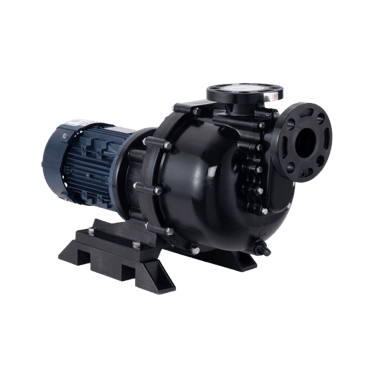
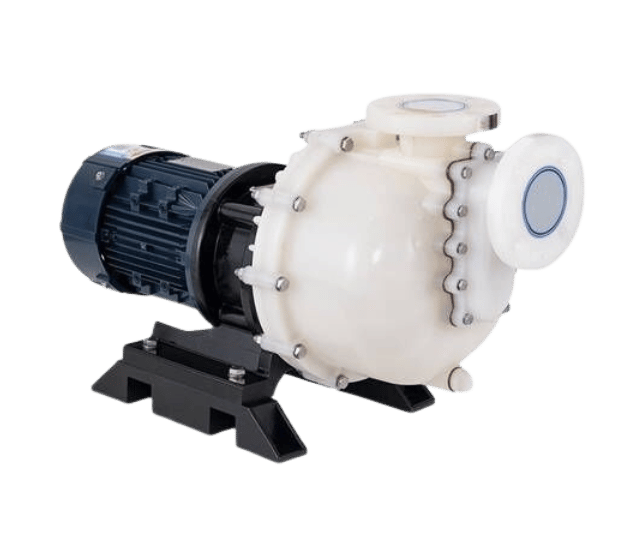

Key Specifications
Flow Rate
Wide capacity range from 240 to 960 L/min, suitable for high-volume chemical transfer operations.Head Range
Delivers up to 30 meters of head, ensuring efficient delivery across various system heights.Power Output
Available from 0.75 kW to 7.5 kW, with options in 50Hz and 60Hz for flexible integration.Self-Priming Capability
Integrated long-cylinder design enables strong suction without external priming aids.
Materials of Constructions
Wetted Components
Constructed from FRPP or PVDF, these materials are specifically chosen for their outstanding chemical resistance, mechanical strength, and dimensional stability in corrosive environments.Shaft Seal
Incorporates a combination of Silicon Carbide and Viton elastomers, delivering dependable sealing performance across a broad chemical range.Impeller & Internal Components
Designed using chemically resistant plastics and corrosion-resistant alloys, these components ensure long-term durability with minimal wear under demanding conditions.Check Valve & Elastomers
Constructed with compatible, high-quality materials to ensure system reliability, prevent backflow, and resist chemical degradation over time.
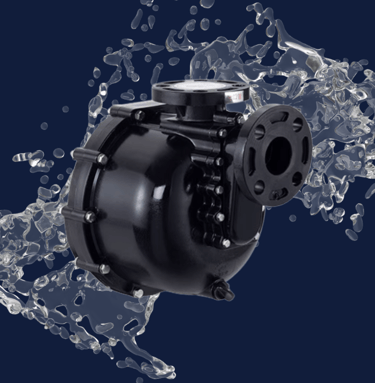

One-Piece Molded Pump Body
The main casing is molded as a single solid unit without welds, eliminating leakage points and enhancing structural integrity.
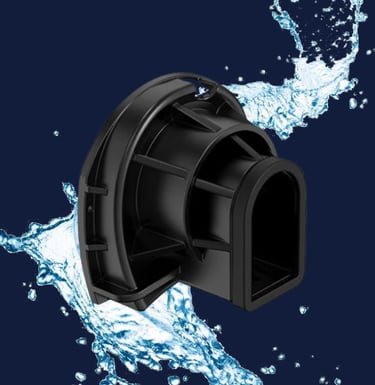

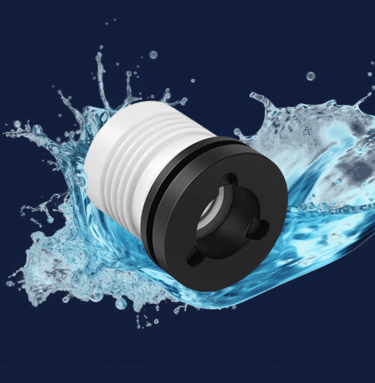

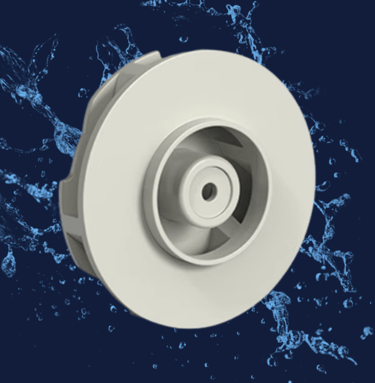

Reinforced One-Piece Seal Cover
Designed with integrated strengthening ribs and molded as a single unit, the center seal cover delivers enhanced durability and structural integrity.
Corrosion-Resistant Shaft Seal
Precision-machined from high-quality materials to resist aggressive chemical media, ensuring reliable sealing and long service life.
High-Efficiency Impeller Design
A one-piece molded impeller improves hydraulic performance, reduces internal losses, and extends the service life of the pump.
Key Feautures
Sizing Guide
Selecting the right chemical transfer pump starts with understanding flow rate, head pressure, and motor capacity. Each QuantaPrime™ model is clearly labeled to simplify your selection process.
Model Breakdown: QuantaPrime H50 510-25-4
H50 – Indicates a DN50 flange connection, suitable for general chemical transfer or water treatment systems.
510 – Denotes the maximum flow rate of 510 liters per minute (LPM), supporting efficient fluid handling in medium-scale applications.
25 – Refers to the maximum head of 25 meters, allowing for moderate system pressure requirements.
4 – Specifies a 4-kilowatt motor, ensuring robust and continuous operation across industrial environments.
Models Overview
Explore our most commonly supplied QuantaPrime™ pump configurations. Each model is engineered for optimal performance across specific flow and head requirements.
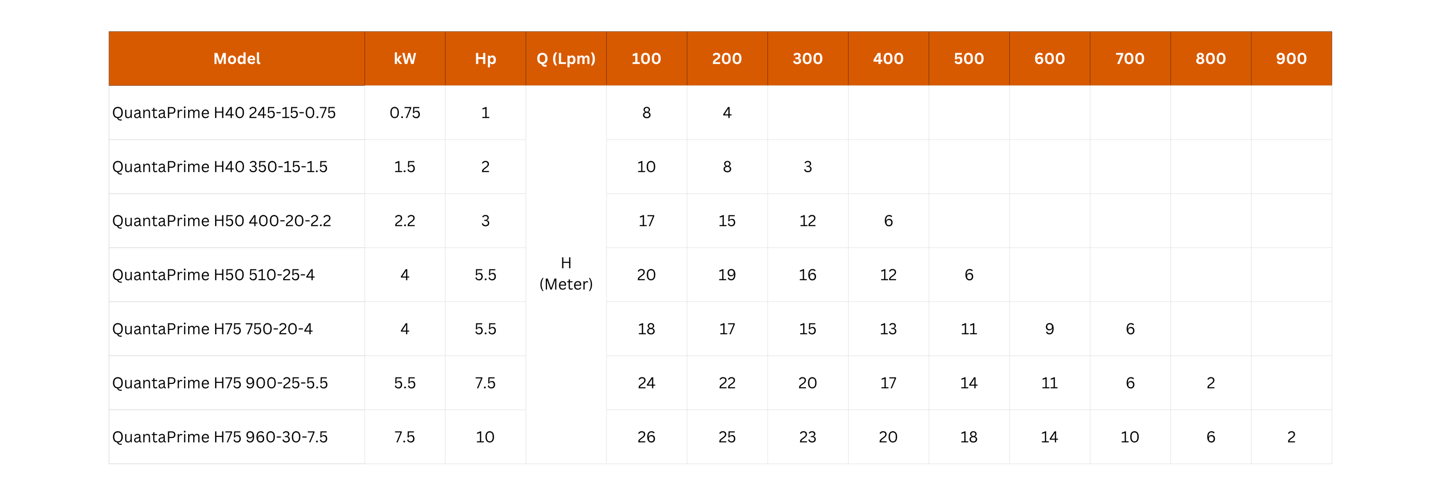

Instalations and Limitations
Limited suction lift: While self-priming pumps are designed to handle suction lift, there is a practical limit to the height they can lift water. The specific limit depends on the design and capacity of the pump, but typically, it ranges from 15 to 25 feet (4.5 to 7.6 meters). If the suction lift required exceeds this limit, a different type of pump or additional measures like installing a foot valve may be necessary.
Priming time: Self-priming pumps require some time to evacuate air from the suction line and fill it with water before they can begin pumping efficiently. The priming time can vary depending on factors such as the size and length of the suction line, the volume of air in the system, and the pump's capacity. It's important to consider this priming time when determining the overall pumping efficiency and response time for a particular application.
Initial priming: Self-priming pumps typically require an initial priming before they can operate effectively. This means that during the installation or after maintenance, the pump needs to be manually primed to fill the suction line and pump casing with water. Although this is a one-time requirement, it adds an extra step during the setup process.
Maintenance and wear: Self-priming pumps have additional components, such as an impeller with a priming chamber or a separate priming system, which can be more complex than standard pumps. These additional components may require regular maintenance and can be subject to wear and tear, potentially affecting the pump's performance and reliability.
Efficiency and performance: Self-priming pumps may have slightly lower efficiency compared to non-self-priming pumps due to the design compromises necessary to enable self-priming capability. Additionally, their performance may be affected by factors such as the presence of debris or air in the pumped fluid, which can reduce their efficiency or cause cavitation.


Next Innovation
Engineered for Impact. Built for Tomorrow.
GET IN TOUCH
NEWSLETTERS
Innovation@hanstens.com
© 2025. All rights reserved.
